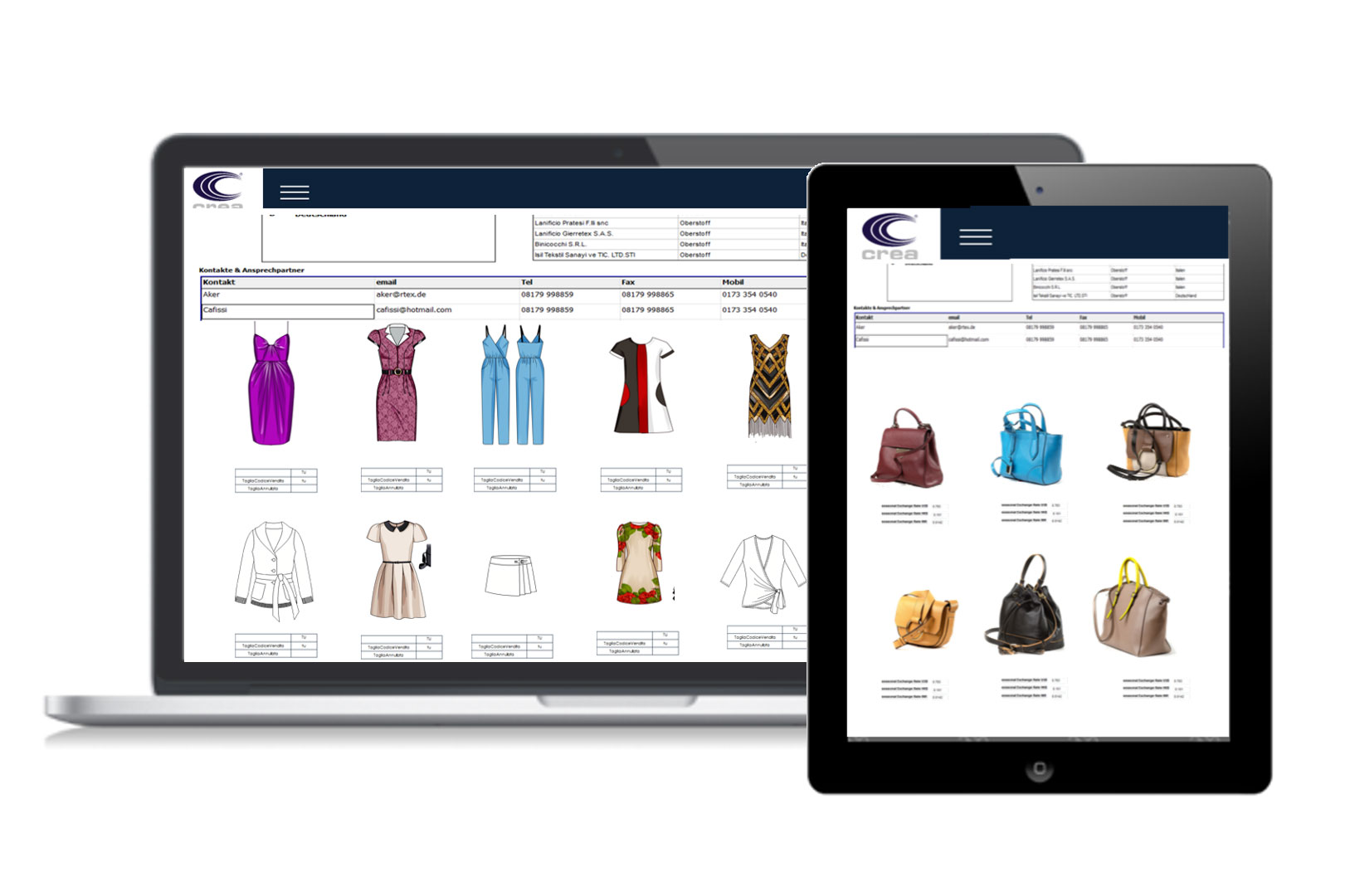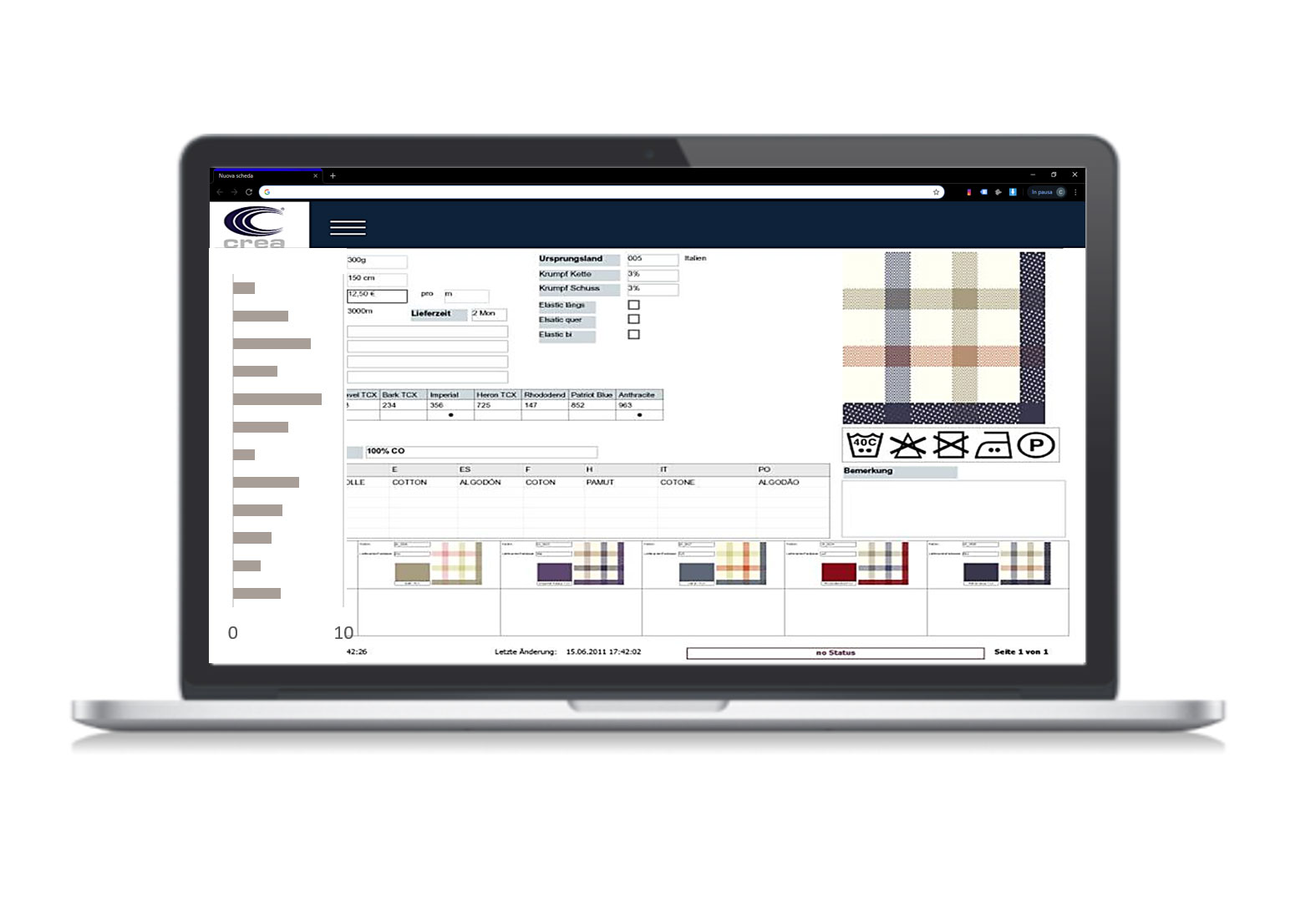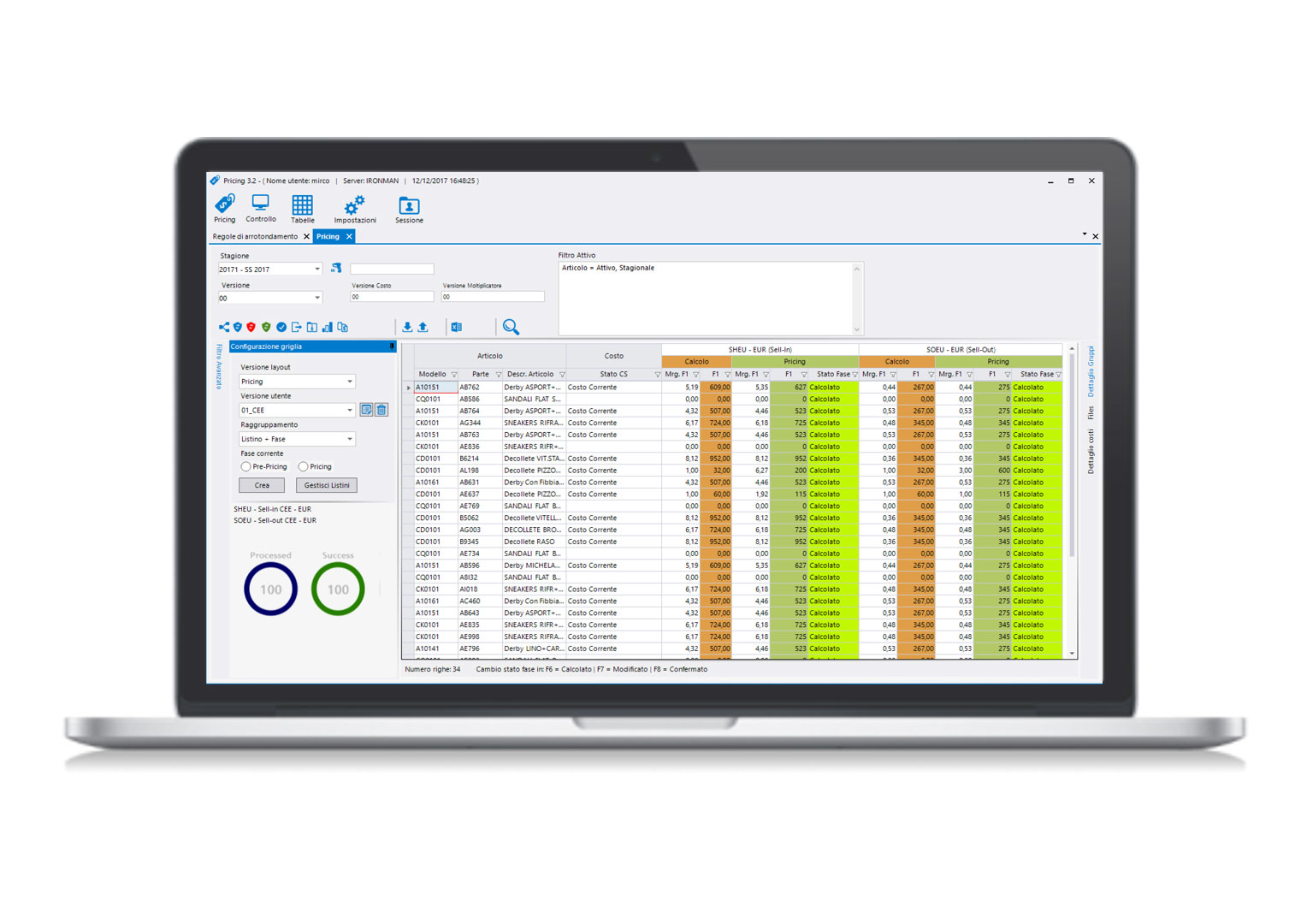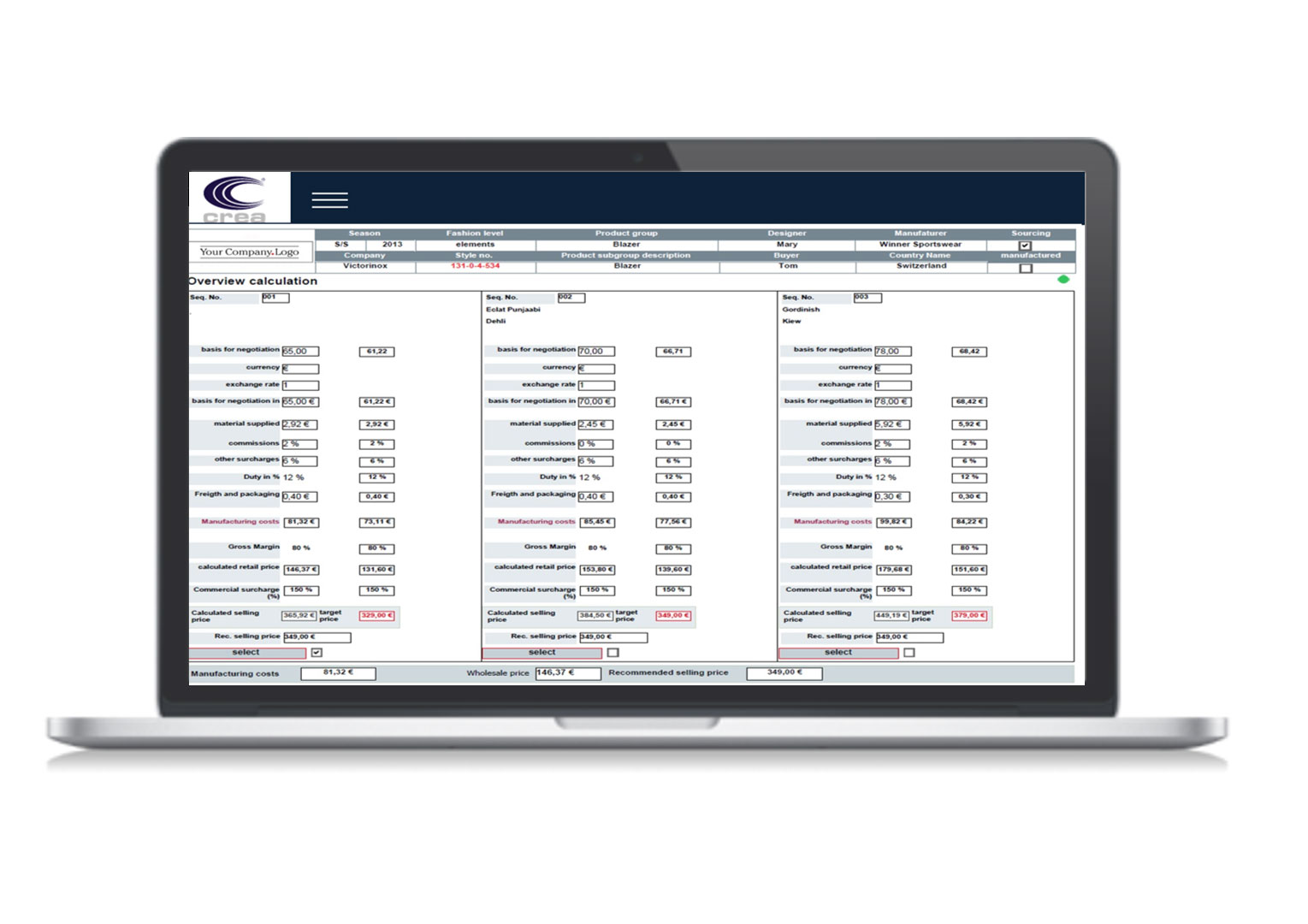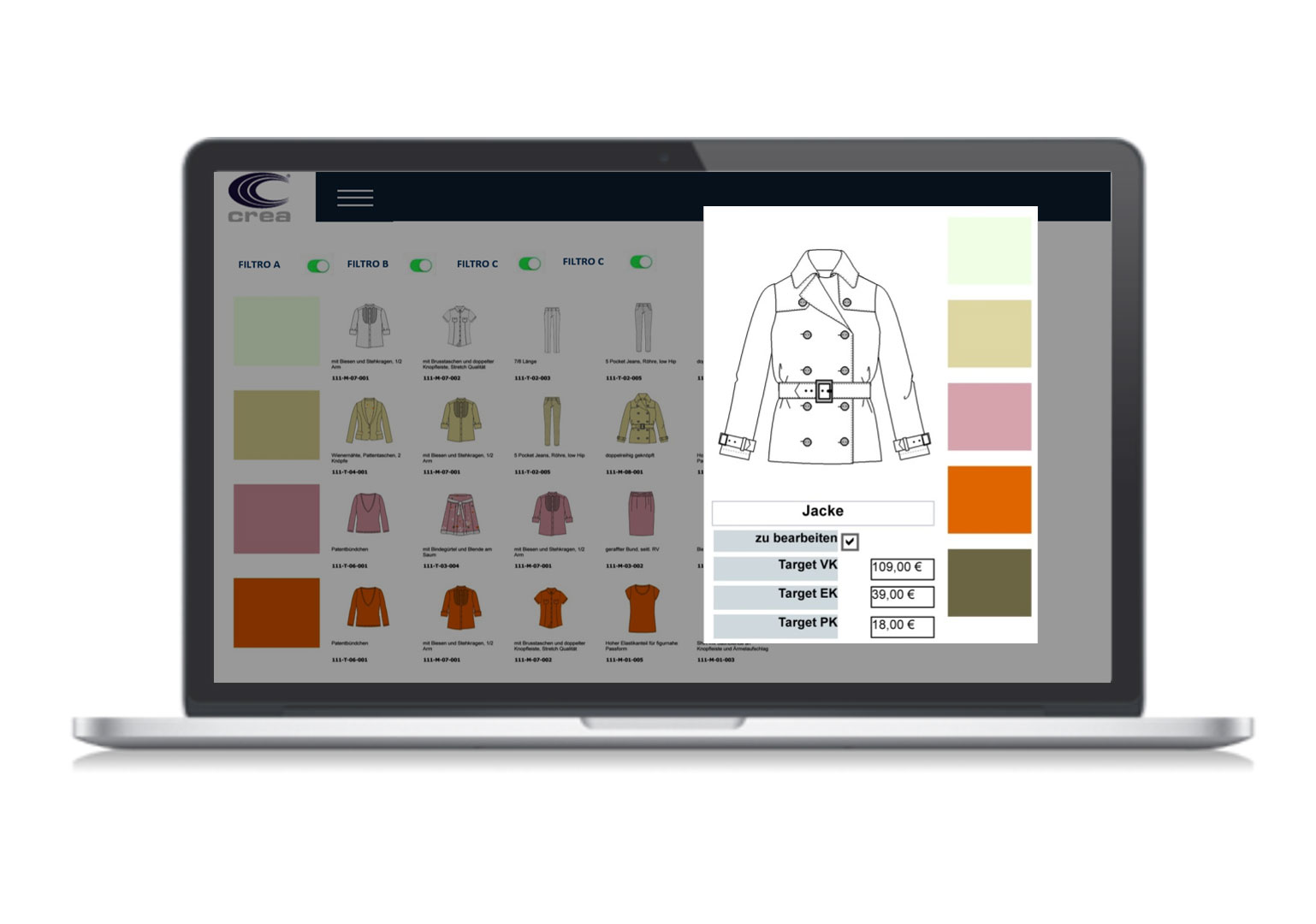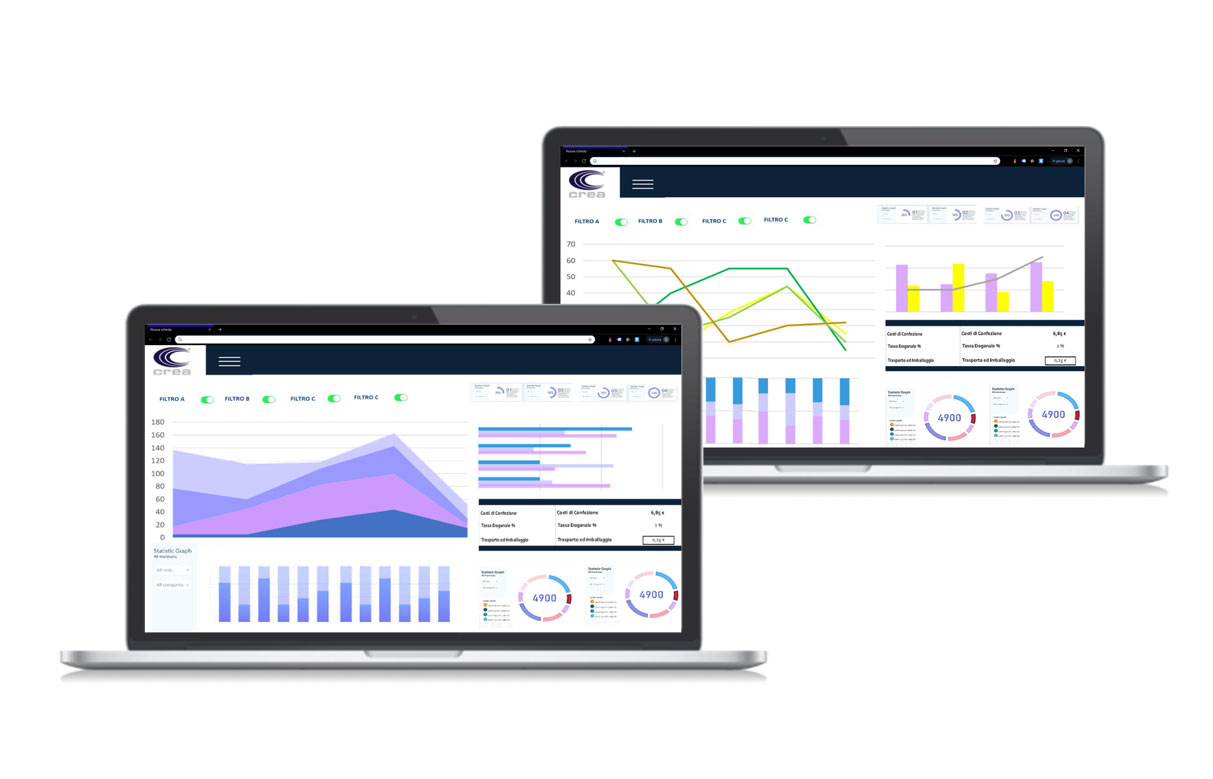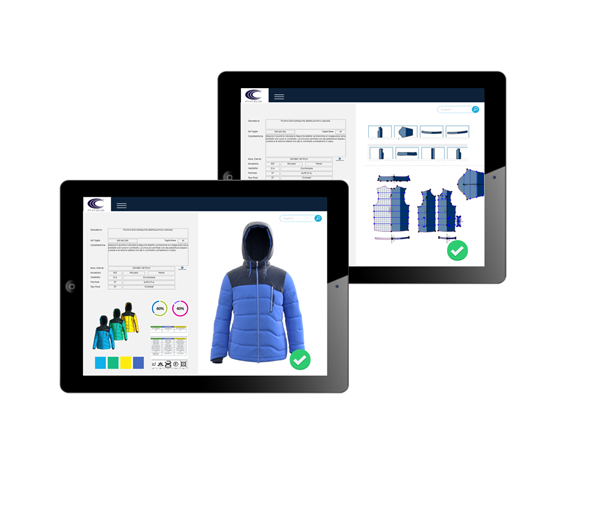PLM: How to Apply It to the Luxury Fashion Industry
In the world of luxury fashion, where creativity and exclusivity are seamlessly intertwined with precision and strategy, PLM (Product Lifecycle Management) has emerged as an essential tool. But what exactly is PLM, and why is it so crucial in this industry?
PLM isn’t just software it’s an entire ecosystem of tools designed to coordinate people, processes, and information throughout the entire lifecycle of a product. From concept to retail, every stage of the process becomes transparent and interconnected, enabling smooth and highly efficient management.
A Collaborative Database for Luxury Fashion
Imagine a dynamic, interactive database where designers, pattern makers, production managers, and marketing teams can access every product detail in real time. That’s the true power of PLM: unifying information, breaking down corporate silos, and improving collaboration across departments.
Thanks to this intelligent data-sharing system, every part of the company from design to production to sales works in perfect synergy, all aiming to develop and position the product in the best way possible.
The Role of PLM
In the luxury sector, the creative process is the beating heart of every collection. During the ideation phase, designers experiment, blend new inspirations, and work to give garments a strong and recognizable identity. This is where PLM steps in helping to capture and structure ideas, making the transition from creativity to prototyping faster and more effective.
Once the prototyping phase is complete, the product is ready to hit the market. At this stage, marketing and sales strategies must be perfectly aligned. PLM ensures that all strategic information is shared across teams, helping align production with promotion and ensuring a targeted, strategic distribution.

How PLM Optimizes the Entire Product Lifecycle
After launch, the product enters its growth phase sales increase, and brand recognition strengthens. PLM allows companies to monitor market performance in real time, offering valuable data for strategic adjustments and targeted actions to maximize demand.
Next comes the product maturity stage: the item is well-established, recognized by the market, and its presence must be managed carefully to preserve long-term value. PLM becomes key in planning focused marketing efforts and optimizing production based on real demand.
Finally, every product enters its decline phase, gradually losing relevance and being replaced by new offerings. Even here, PLM supports a strategic transition, allowing companies to prepare for what’s next without sacrificing efficiency.
In the luxury apparel industry where innovation and tradition blend to create exclusive garments PLM proves to be an indispensable ally. It doesn’t just streamline processes; it empowers teams to make informed, strategic decisions, ensuring the perfect balance between creativity and business management.
For companies aiming to stay competitive in an increasingly fast-paced and demanding market, implementing a PLM system is no longer optional — it’s essential.
Want to discover how PLM can transform the management of your luxury collection? CLICK HERE!





